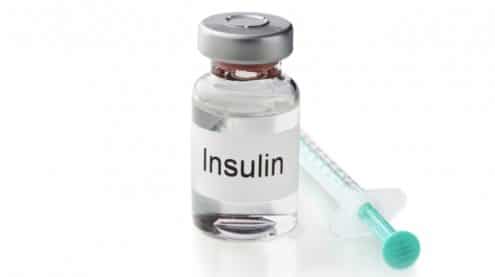What is cross-reactivity and how does it relate to insulin analogs?
Cross-reactivity measures the reactivity of a specific agent that reacts differently than expected during testing. An insulin analog is a form of insulin other that does not occur in nature. Alternatively, an insulin analog is a synthetic insulin such as those used by diabetics to help control blood glucose levels.
During testing, different insulin assays are used and these can have different degrees of cross-reactivity with synthetic insulin.
This is significant when it comes to interpreting tests results, as the composition of an insulin analog may alter the absorption kinetics of insulin, which in turn may impact how certain analogues are detected.
Assays can thus provide varied results, which may lead to results that do not make sense without further study.
What does strong cross-reactivity for some insulin analogs mean?
Strong cross-reactivity for insulin analogs means that the laboratory performing your tests uses an assay with high cross-reactivity to insulin analogs.
It is important for anyone who is interpreting the results of these tests to know that this high cross-reactivity may mean that insulin tests for patients taking insulin may have higher values than they should. Without knowledge of cross-reactivity, patients may be misdiagnosed with hypoglycemia.
Disclaimer: Please note that the contents of this community article are strictly for informational purposes and should not be considered as medical advice. This article, and other community articles, are not written or reviewed for medical validity by Canadian Insulin or its staff. All views and opinions expressed by the contributing authors are not endorsed by Canadian Insulin. Always consult a medical professional for medical advice, diagnosis, and treatment.


